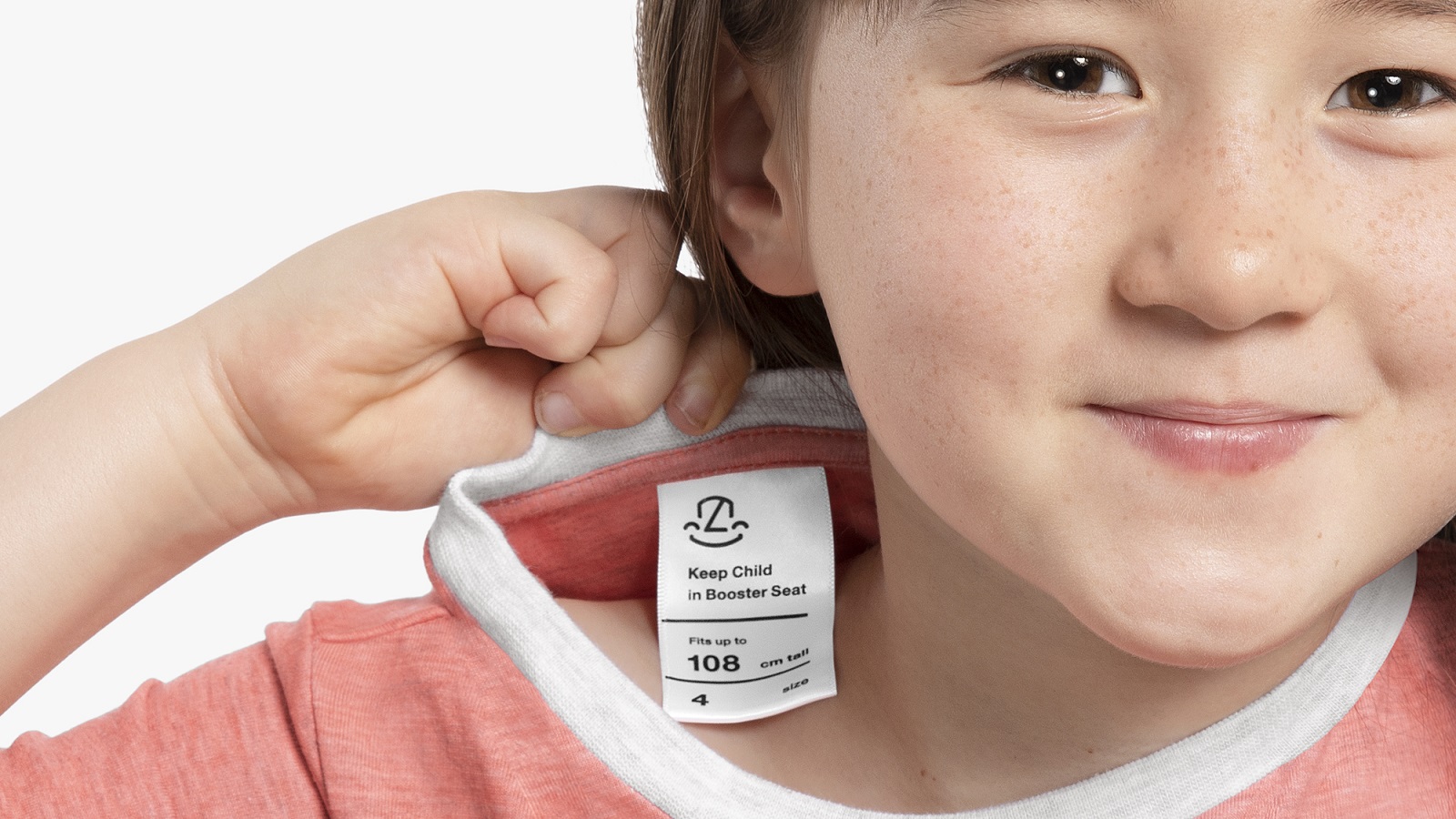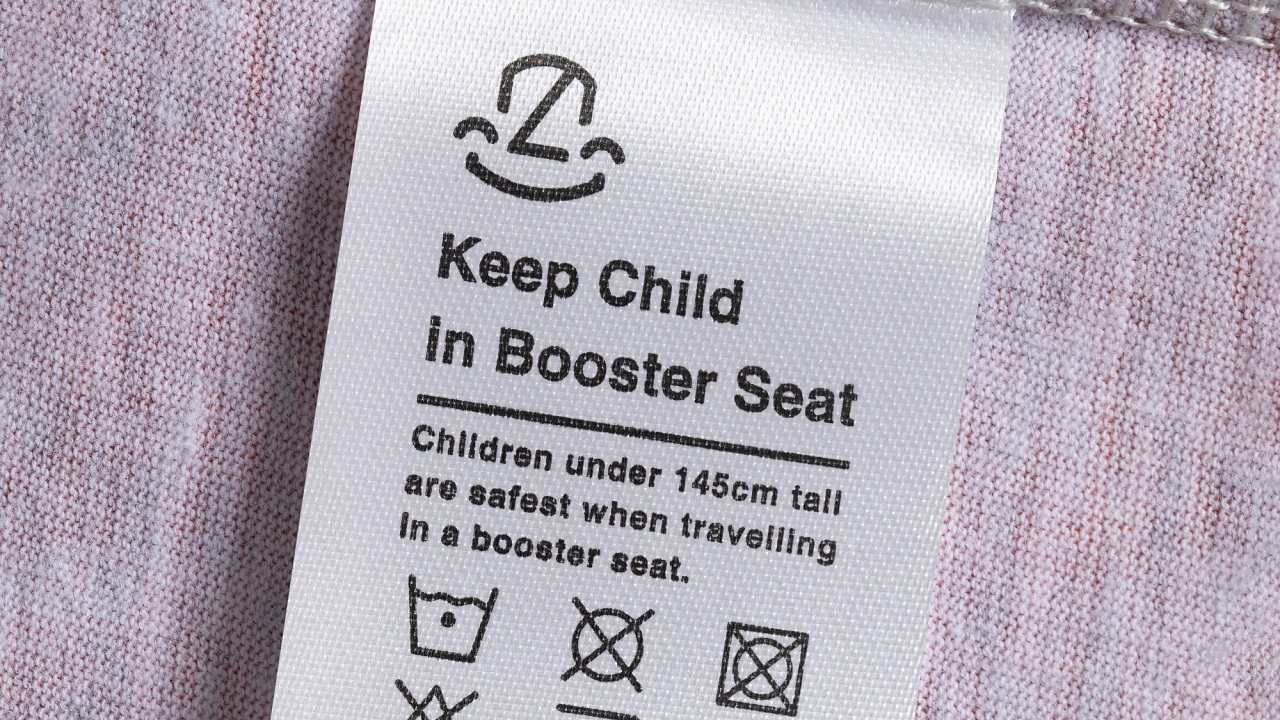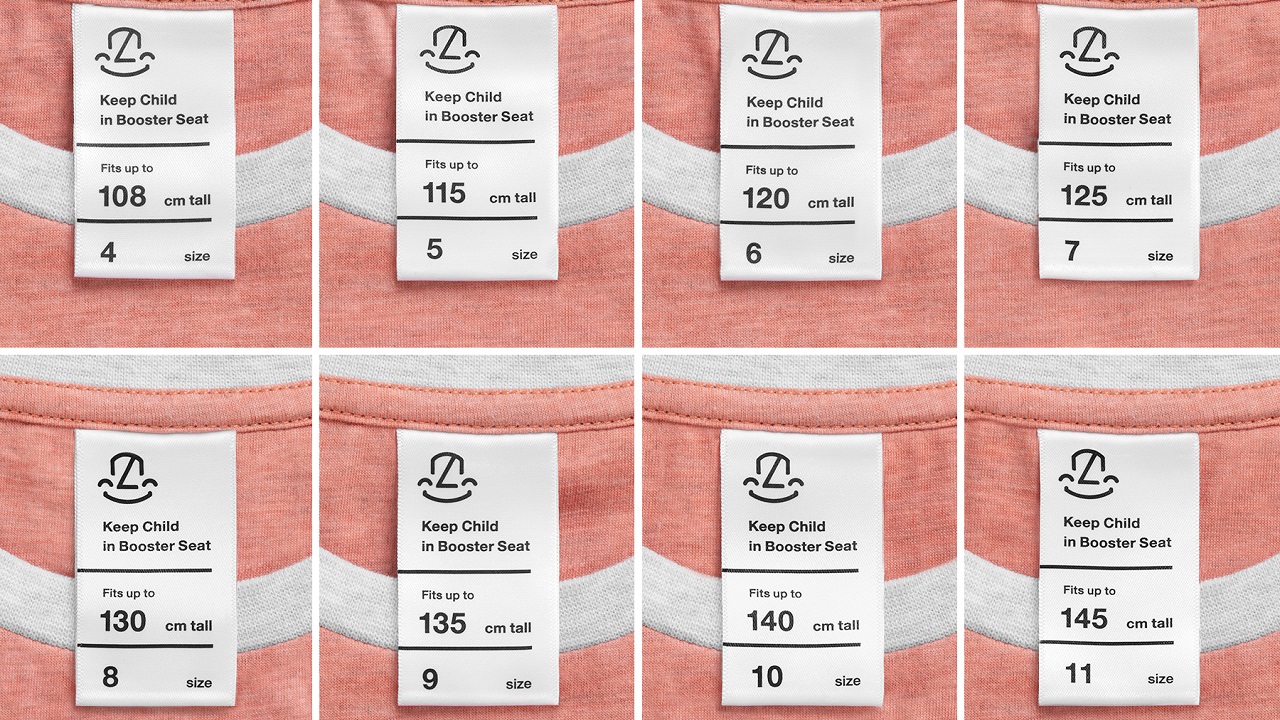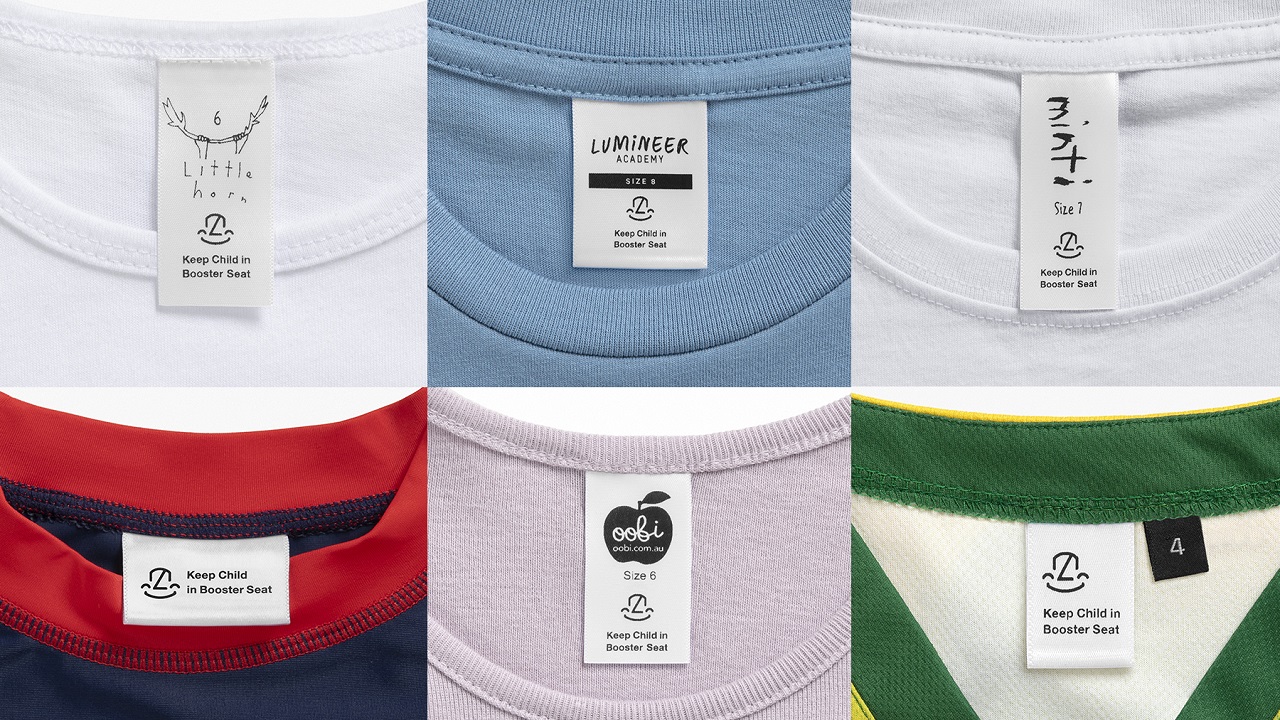How long do kids need to stay in booster seats when traveling by car? Well, that depends on the laws of the country you live in. But most of them allow children to transition out of their seat at age seven (up to twelve). In fact, current child restraint laws consider age as the principal criterion of when a child should move up into an adult restraint. Still, pediatrics disagree: Scientists have made various research and found out that height is a far safer measure to take into consideration when planning to help your kid evolve to the next level. According to doctors, children should use a booster seat until they are at least 145cm in height.
In this regard, two of Victoria’s most trusted brands, RACV and TAC, have joined together to educate parents around car booster seat safety. As a teacher for this lesson, the duo chose creative agency CHE Proximity, which came up with the ingenious idea of keeping its class via a series of visuals, both in video and static format. Titled “The Booster Tag,” the session highlights a simple, innovative solution that reimagines booster seat safety in terms of height, not age. The creatives are doing this by turning kids t-shirts into a potential road safety tool.
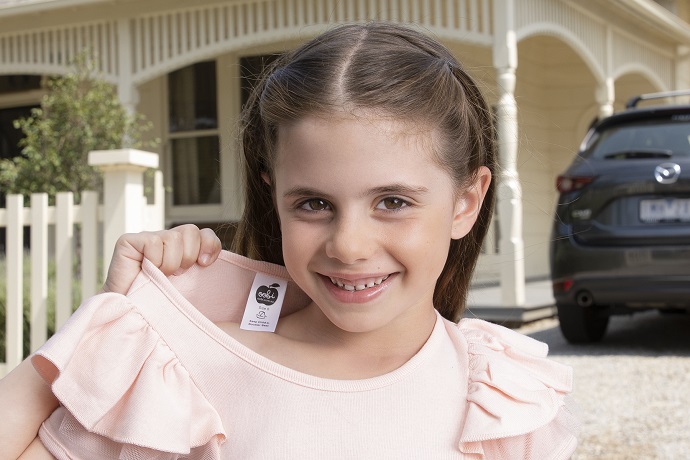
The clothes look normal. Yet, the lesson the experts at TAC and RACV are about to give is hidden underneath the shirt. Still, it is not far from the eyes of parents. Like other people, you probably look at the label of a shirt as one of the most annoying things on earth. It irritates your skin. So, you decide to cut the label out of your clothes. But we highly recommend you to not cut off the Booster Tag label. You need it. Your kids need it.
The label is designed to be used by any brand in Australia. Oobi, Minti, and Little Horn are just some players that have already adopted The Booster Tag in their ranges. The agency still hopes that other brands will join this initiative.
So, what is Booster Tag? It is a label icon, in the shape of a smiling booster seat. It is designed to sit alongside existing care instructions in any t-shirt that fits children under 145 cm tall (sizes 4-11). In other words, if your kids still fit clothing that displays the icon, then you should consider keeping them in a booster seat.
RACV Senior Policy Advisor – Safety, Elvira Lazar, said: “We hope to spark a movement that sees all children’s clothing manufacturers utilize The Booster Tag which in turn, can help to save children’s lives. Using age as a guide to move children out of a booster seat is no longer appropriate. All seven-year-olds are different heights so it only makes sense that we show parents that it is height that they should consider before evaluating if they should take their child out of a booster seat.”
Amy Weston and Chris Andrews, Creative Directors at CHE Proximity added: “The Booster Tag reframes booster seat safety for parents in an unexpected way – using their kid’s clothing as a daily reminder. It’s a simple icon and a small action for clothing brands to adopt, but we hope it’ll have a big impact on road safety.”
As part of the initiative, the agency also launched a limited-edition, unisex range of eight t-shirts, which are available at www.boostertag.com.au. All the profits coming from selling the t-shirts will go towards The Royal Children’s Hospital to help children and their families affected by road trauma. The “Booster Tag” campaign is currently running across print and digital platforms, with further outdoor and event activations happening later this year.
Credits:
Agency: CHE Proximity
